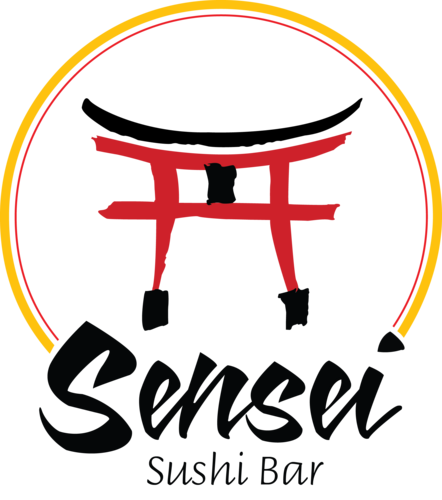
Morita also portrayed "Arnold" as a guest star during seasons four and six before returning as a recurring character for season ten and as a main character in the final eleventh season. As the new owner, he moonlighted as a martial arts instructor, teaching self-defense classes at the drive-in after hours. The story line was that Takahashi had purchased the Milwaukee eatery from the original Arnold but adopted the former’s first name, explaining that it was too expensive for him to purchase the additional neon sign letters required to rename it "Takahashi's". Morita had a recurring role on Happy Days as Matsuo "Arnold" Takahashi (the new Japanese owner of Arnold's Drive-In) commencing in season three (1975–76).
#Sushi sensei movie
The handprints of Pat Morita in front of The Great Movie Ride at Walt Disney World's Disney's Hollywood Studios theme park He was also cast as Rear Admiral Ryunosuke Kusaka in the war film Midway (1976). Morita had other notable recurring television roles on Sanford and Son (1974–1976) as Ah Chew, a good-natured friend of Lamont Sanford, and as South Korean Army Captain Sam Pak on the sitcom M*A*S*H (1973, 1974). Morita's first movie roles were as a henchman in Thoroughly Modern Millie ( 1967) and a similar role in The Shakiest Gun In The West (1968), starring Don Knotts. Morita sometimes worked as the opening act for singers Vic Damone and Connie Stevens and for his mentor, the comedian Redd Foxx. Sally Marr, Lenny Bruce's mother, acted as his agent and manager after he moved to Los Angeles, and booked him in the San Fernando Valley and at the Horn nightclub in Santa Monica.

Morita struggled for many years in comedy, until fellow performer- ventriloquist Hank Garcia-told him to try his luck in Los Angeles. He began working as a stand-up comedian at small clubs in Sacramento and San Francisco, and took the stage name "Pat Morita", in part due to the presence of comedians including Pat Henry and Pat Cooper, and in part due to memories of the priest he had befriended as a boy. However, Morita suffered from occupational burnout and decided to quit his job and try show business. In due time, he was a department head at another aerospace firm, Lockheed, handling the liaison between the engineers and the programmers who were mapping out lunar eclipses for Polaris and Titan missile projects. Needing a regular job to support his wife and a newly born child, Morita became a data processor in the early 1960s with the Department of Motor Vehicles and other state agencies, graduating to a graveyard shift job at Aerojet General.

After Morita's father was killed in 1956 in a hit-and-run while walking home from an all-night movie, Morita and his mother kept the restaurant going for another three or four years. Morita would entertain customers with jokes and serve as master of ceremonies for group dinners. For a time after the war, the family operated Ariake Chop Suey, a restaurant in Sacramento, California, jokingly described by Morita years later as "a Japanese family running a Chinese restaurant in a black neighborhood with a clientele of blacks, Filipinos and everybody else who didn't fit in any of the other neighborhoods". Īfter World War II ended, Morita moved back to the Bay Area and he graduated from Armijo High School in Fairfield, California, in 1949. After about a year and a half, he was transferred to the Tule Lake War Relocation Center.
#Sushi sensei how to
Released from the hospital at age 11 after undergoing extensive spinal surgery and learning how to walk, Morita was transported from the hospital directly to the Gila River camp in Arizona to join his interned family. During his time at a sanatorium near Sacramento, Morita befriended a visiting priest who would often joke that, if Morita ever converted to Catholicism, the priest would rename him to "Patrick Aloysius Ignatius Xavier Noriyuki Morita". For long periods, he was wrapped in a full-body cast, and he was told that he would never walk. Morita developed spinal tuberculosis ( Pott disease) at the age of two and spent the bulk of the next nine years in the Weimar Institute in Weimar, California, and later at the Shriners Hospital in San Francisco. Noriyuki, as Pat was named, had a brother named Hideo (Harry) who was twelve years older.

Tamaru's wife, Momoe, born in 1903, immigrated to California in 1913. Morita's father Tamaru, born in 1897, immigrated to California from Kumamoto Prefecture on the Japanese island of Kyushu in 1915. Morita was born on June 28, 1932, in Isleton, California to Japanese immigrant parents.


 0 kommentar(er)
0 kommentar(er)
